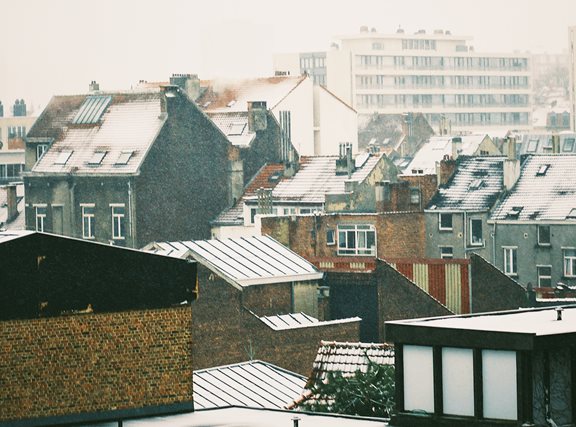Protecting pipes from frost
With winter approaching, temperatures are set to drop significantly which means that your pipes can take a beating. It is important to protect your pipes against frost in order to prevent them freezing and you ending up with an expensive bill. Winterising pipes is not difficult and ensures that they can withstand the frost.
Resistant to low temperatures
There are various ways to protect your sanitary pipes against freezing temperatures. You can insulate them with glass wool, polyethylene foam or use a heating cable. Glass wool or polyethylene foam are the cheapest options but with a pipe frost protection cable there is even less of a risk of your pipes suffering frost damage.
Insulating pipes with a heating cable
A heating cable should come with a thermostat. Start by securing the heating cable all along the pipe using PVC tape or cable ties and fit the temperature sensor to the coldest spot. The sensor will control the thermostat, heating the cable and preventing frost damage. You will obviously need a socket in the vicinity of the cable. And once winter arrives all there is to it is connecting the two.
Insulating pipes with glass wool or polyethylene foam
If you are using glass wool, simply wrap the pieces around your pipes and secure them with tape. Polyethylene foam simply clicks over the pipes.Some systems even come with a zip, dispensing with the need for tape. To protect a a T connection, cut a hole in the foam first. And if you have any bends to insulate, put the cut-side over the inner side.

